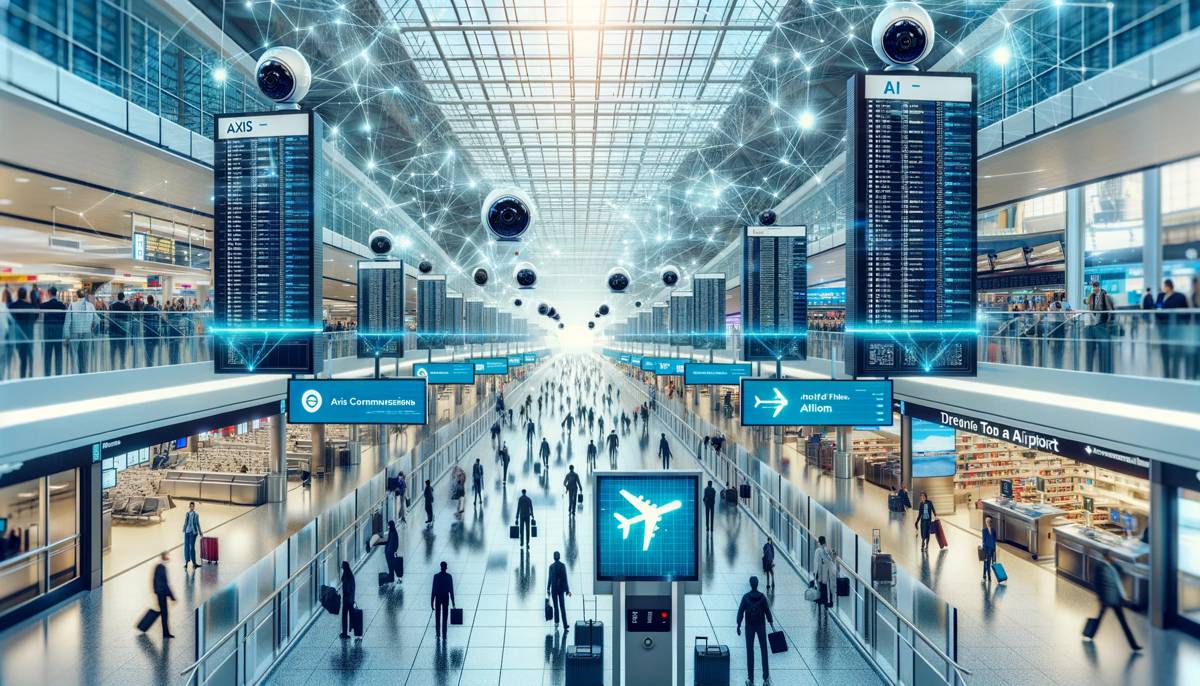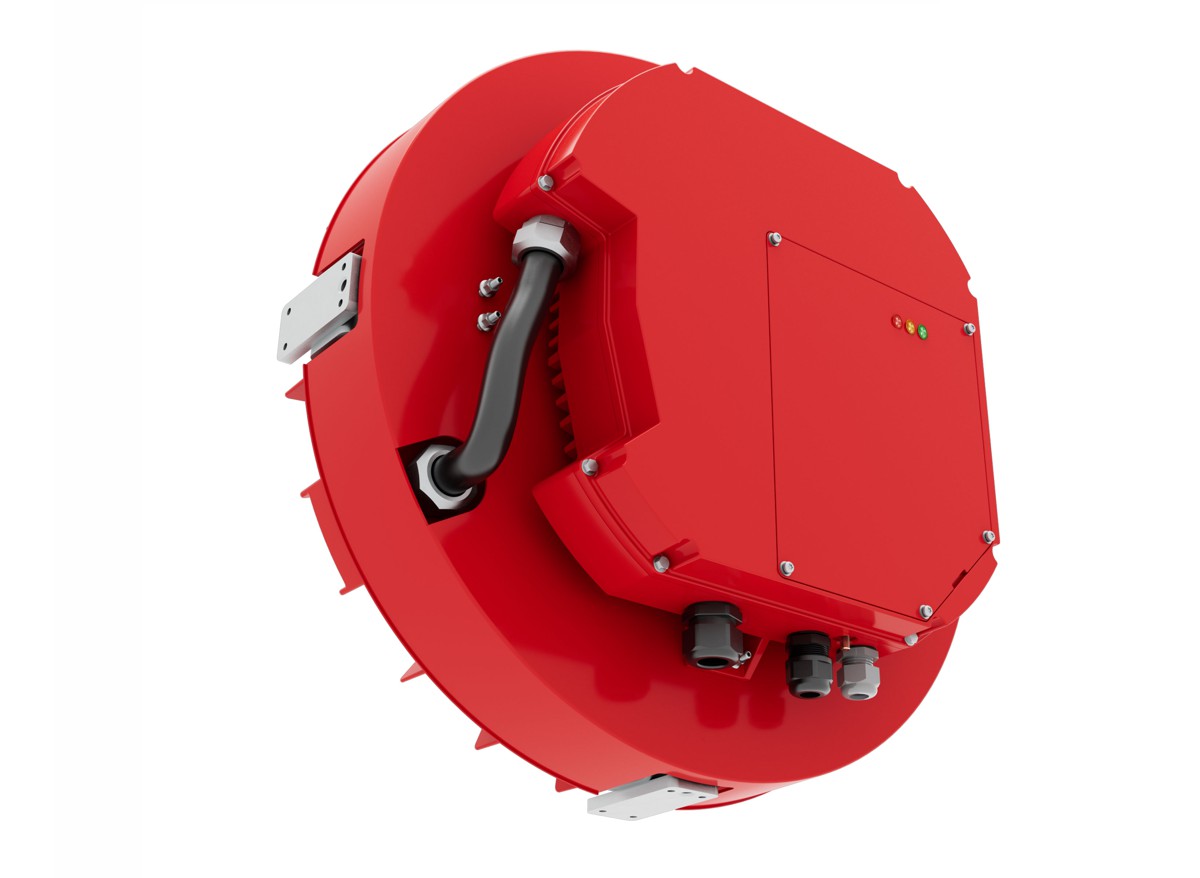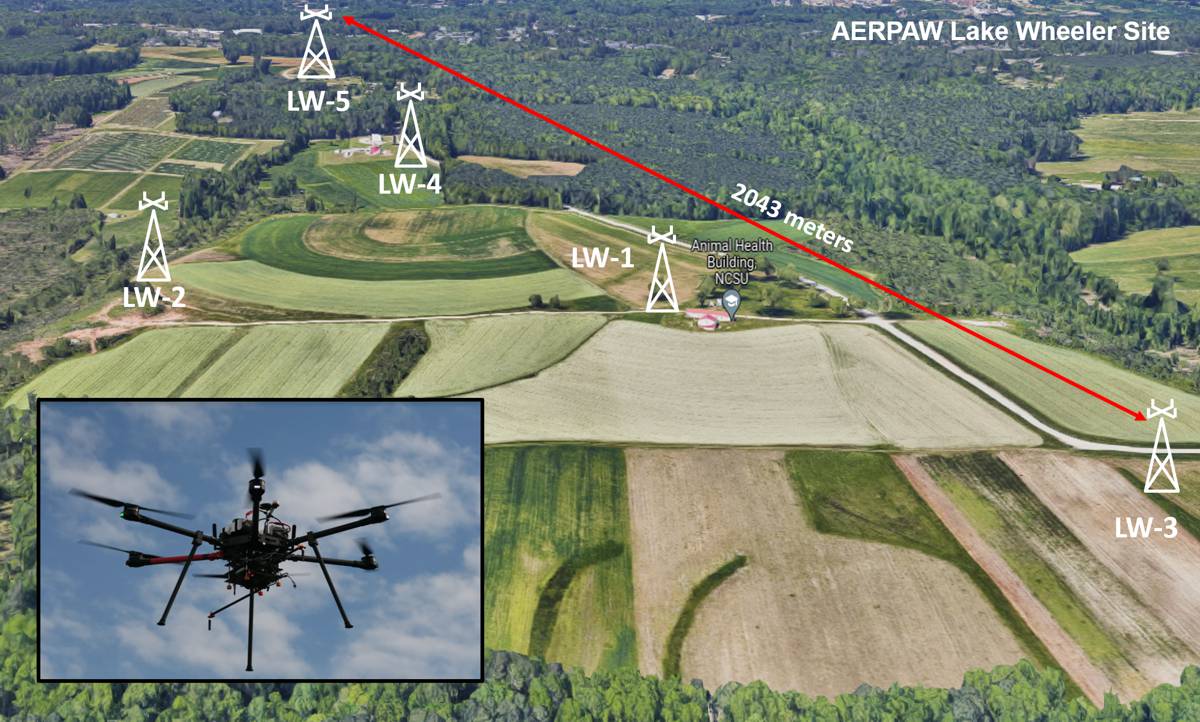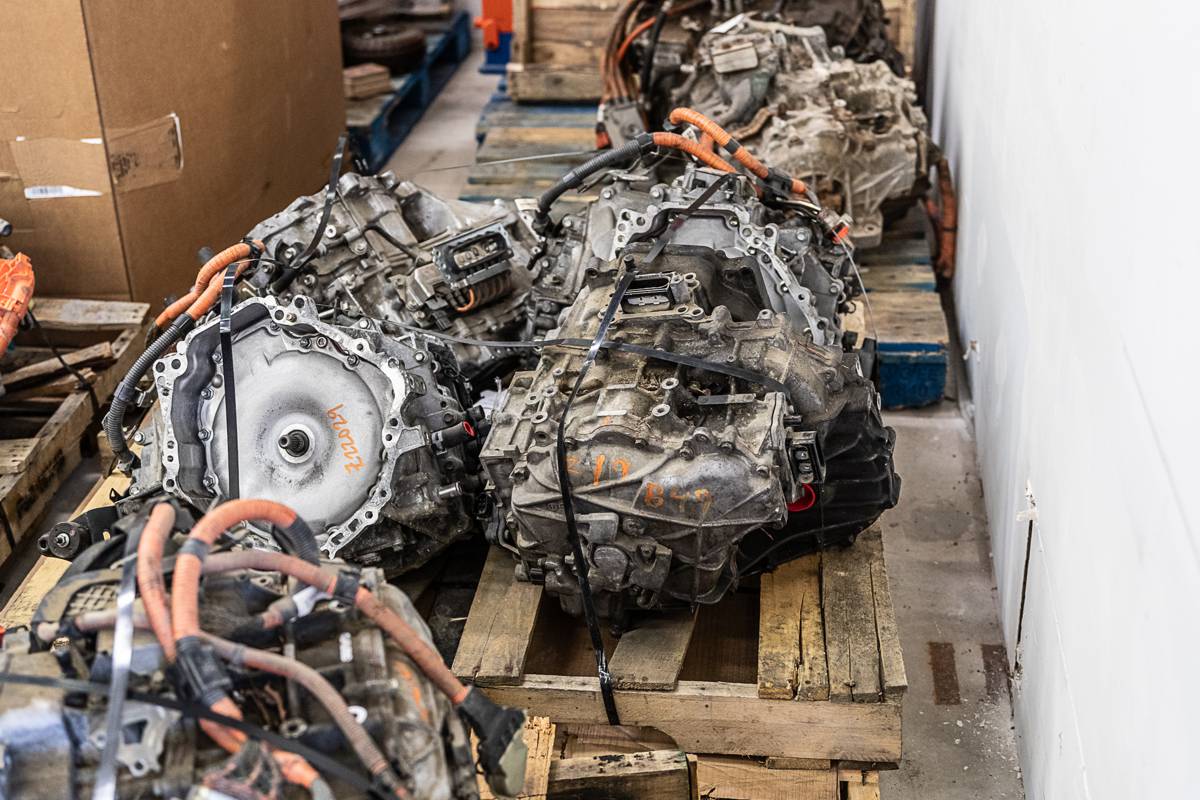Toronto Airport putting new Technology and AI to work
Axis Communications, today unveiled the details of new technology upgrades made to help improve the passenger experience and enhance operational efficiency at Toronto Pearson Airport, operated by the Greater Toronto Airports Authority, in Mississauga, Ontario.
With global air travel at an all-time high, airports like Toronto Pearson are re-examining how they leverage their surveillance systems by enhancing them with AI platforms like Zensors in order to process the growing number of passengers in a more efficient and secure manner.
Toronto Pearson Airport is the largest and busiest airport in Canada, and second-busiest airport in North America for international traffic, receiving 276 inbound international flights a day and processing more than 21.3 million international arrivals a year. Amid passenger feedback about regular congestion and extended wait times at the Canada Border Services Agency (CBSA), Toronto Pearson Airport realized it needed to take action to provide added transparency on airport wait times and help remedy common traveller complaints.
To address these issues, airport leaders wanted the ability to accurately and reliably measure factors like queue length and wait time, rather than relying on rough estimates. By leveraging the open-architecture design of Axis Communications devices and the Zensors artificial intelligence (AI) platform, Toronto Pearson Airport is now able to correlate the relationship between wait times, corresponding flight numbers, time of day, and the overall schedule of inbound flights. Doing so now provides actionable insights to airport personnel while maintaining the privacy and anonymity of its visitors.
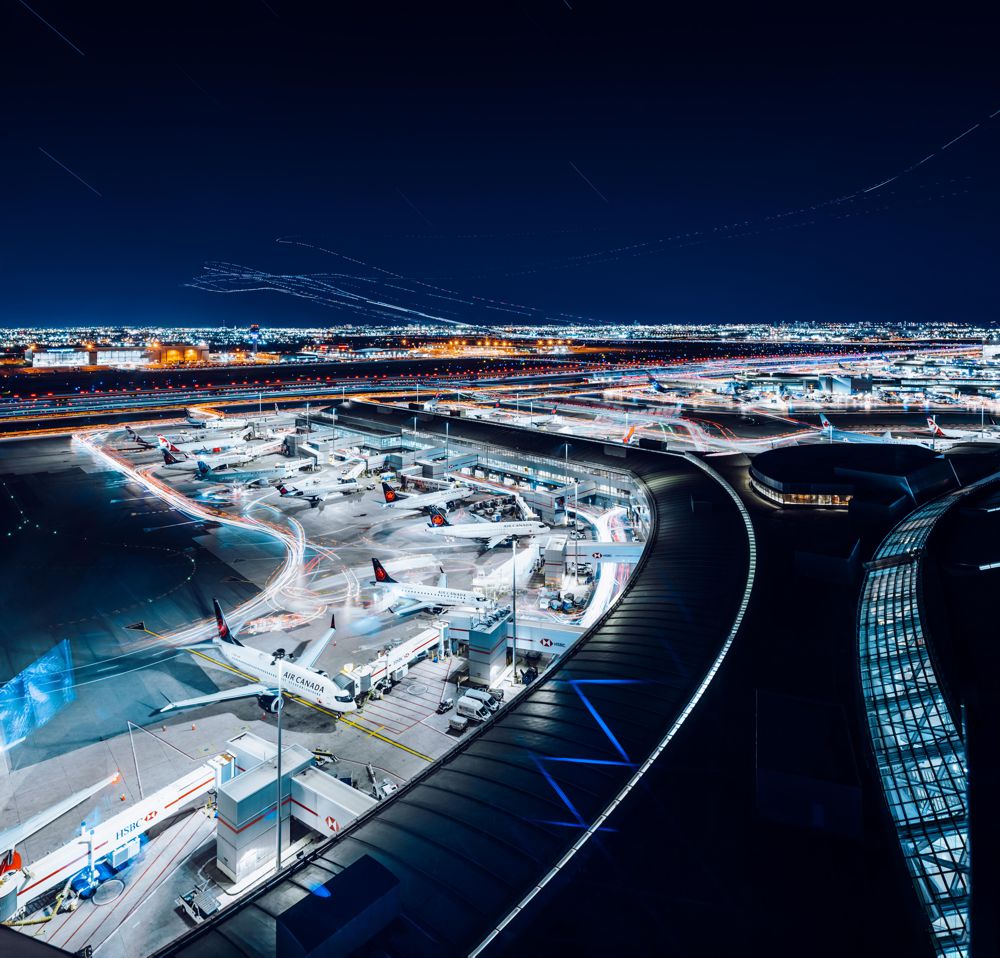
“An airport is a complex system with many moving parts, and it’s our job to ensure the passenger experience is smooth and enjoyable no matter the situation,” said Zeljko Cakic, Director of Airport IT Planning and Development for the GTAA. “Axis cameras and the Zensors AI platform have been instrumental in helping us better manage operations and deliver a safer, more streamlined experience to travellers moving through Toronto Pearson.”
Zensors used AXIS Site Designer to determine which camera models would provide the best coverage for processing areas, prompting Toronto Pearson to add to its more than 3,000 Axis cameras already in use throughout the airport. The Zensors AI platform conducts predictive analysis by processing snapshots and real-time video streams from the Axis cameras, and this camera coverage is split into matrices so the airport can clearly identify individual passenger flows.
The AI continually measures the length of queues, associating them with the flight schedule, time of day, and other factors, delivering wait time predictions that are then posted on the airport website and on overhead monitors in the terminals. This has greatly improved the airport experience, allowing travelers to more accurately plan their arrival time, relieve worries about making connecting flights, and even inform those waiting to pick up arriving passengers when to expect their exit from the terminal.
“We take great pride in our ability to help the transportation industry with not just security needs, but overall operational needs as well,” said Anthony Incorvati, Transportation Segment Leader at Axis Communications. “To run smoothly and keep passengers happy, airports like Toronto Pearson require seamless surveillance systems that encompass both security and especially operations, and Axis is able to assist with striking that balance across a variety of unique applications.”
